Reading time is approximately 3-4 minutes
In the fascinating world of viticulture, the way vines are grown can greatly influence the quality and type of wine produced. A captivating example of this practice can be found in the heart of the Pyrenean foothills. The high-pipe technique transforms exuberant vines into sources of grapes perfect for distillation.
Domesticating the vine
The vine, by nature, is a liana which, if left to its own devices, spreads and intertwines in a disorderly manner. To “domesticate” it, wine growers have developed an ingenious method which consists of attaching the branches of the vine to a complex network of metal wires. This wood, renowned for its resistance to weather and humidity, is an ideal choice to support this system.
An atypical mode
This mode of driving, typical of the Pyrenees region, offers several advantages. By keeping the vines away from the ground, it reduces their exposure to humidity. A process that is crucial for preventing disease and promoting high acidity in grapes. This characteristic is particularly sought after for wines intended for distillation. In addition, the use of movable wires, which are lowered at the start of the vine's growth and raised as it develops, allows optimal control of the growth and health of the vines.
Baco and white ugni
The grape varieties chosen for this cultivation method, mainly Baco Blanc and Ugni Blanc. These grapes are characterized by a low alcohol content, high total acidity and low volatile acidity.








